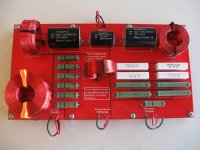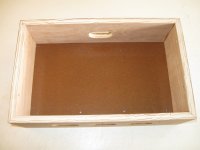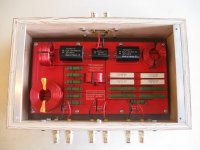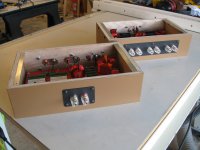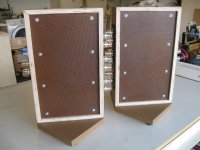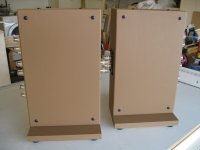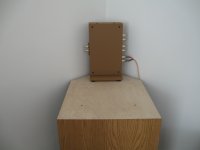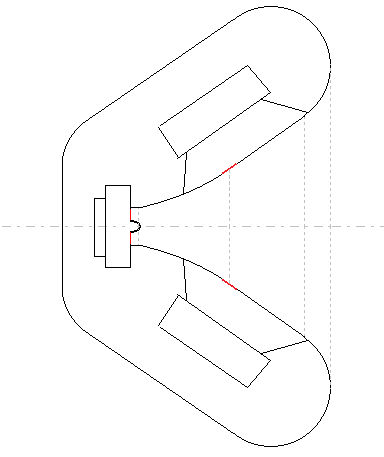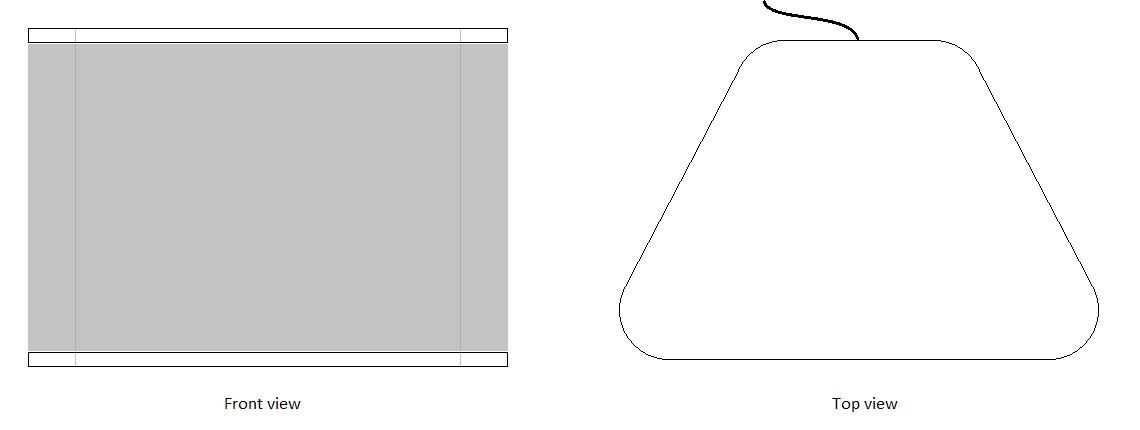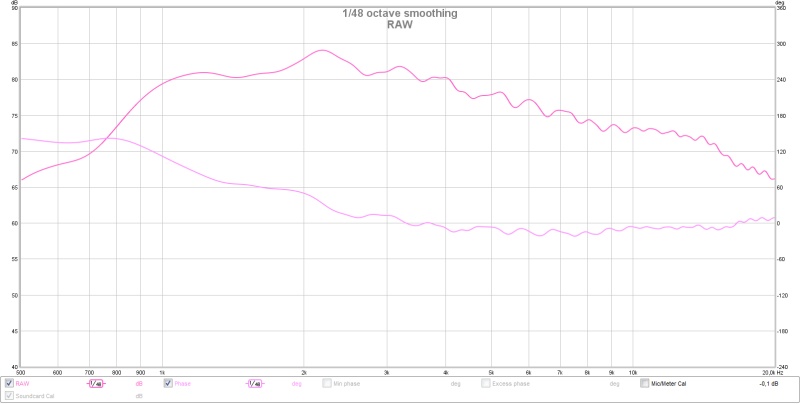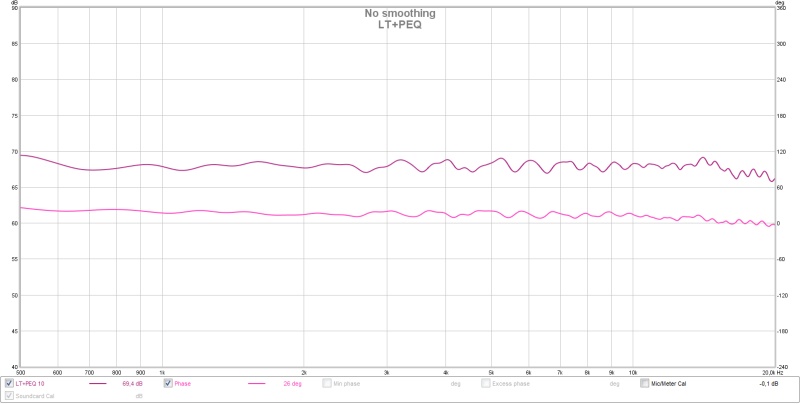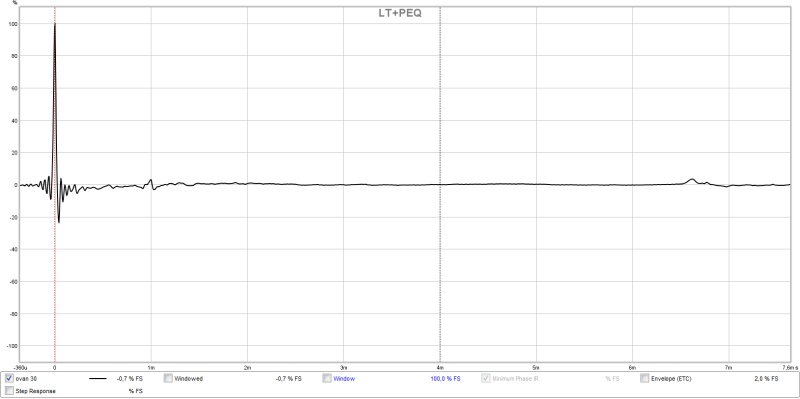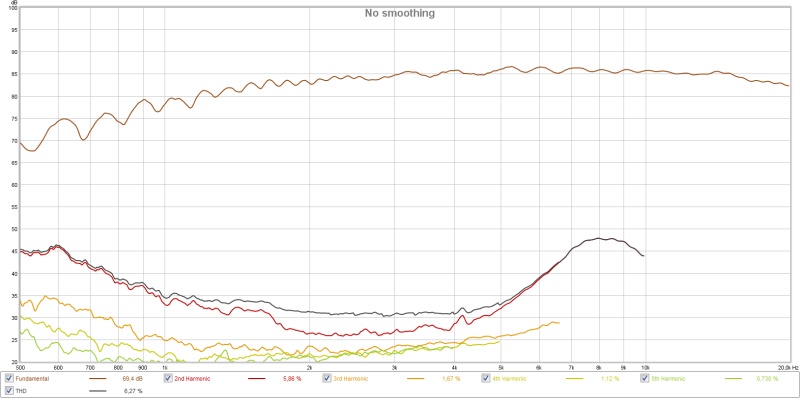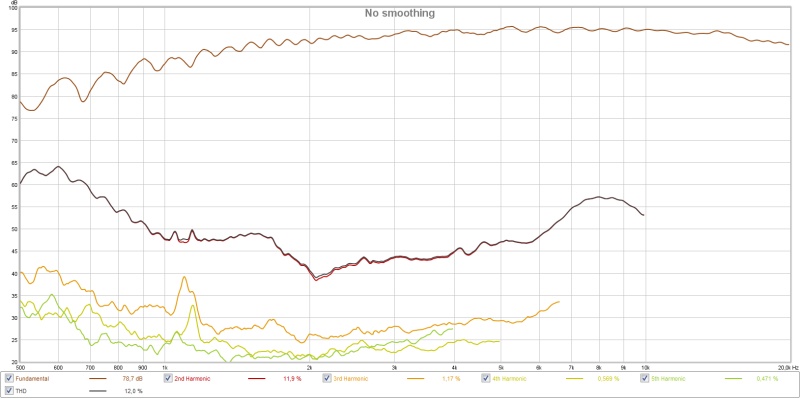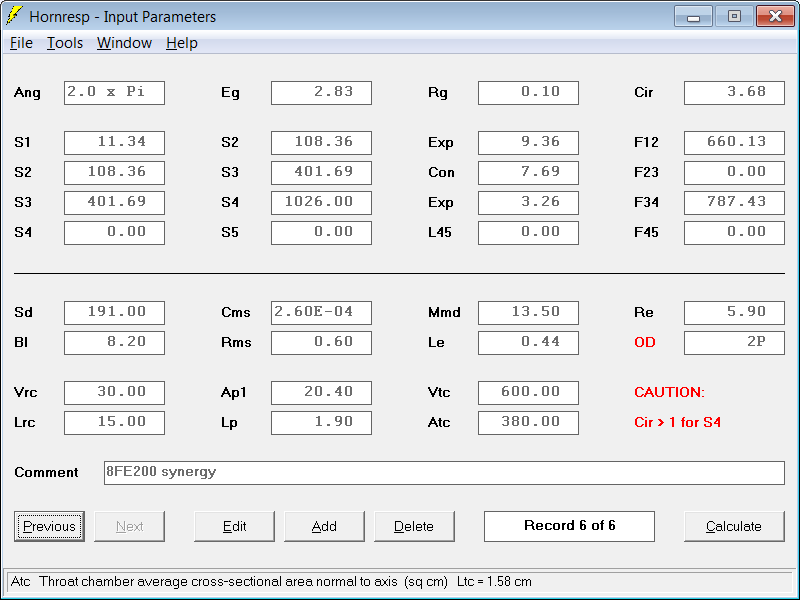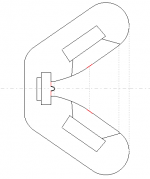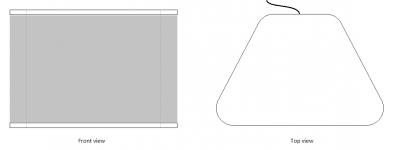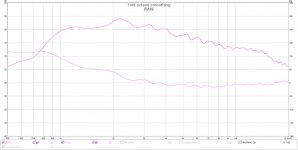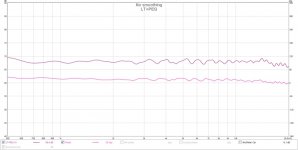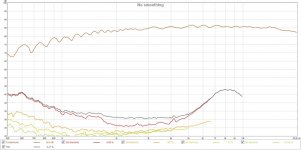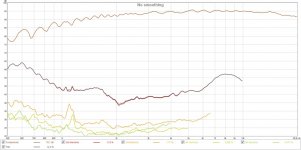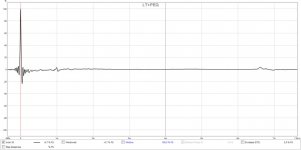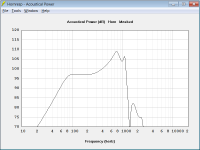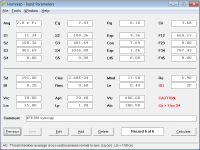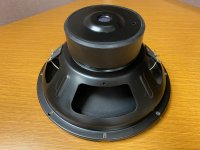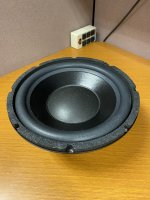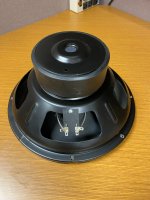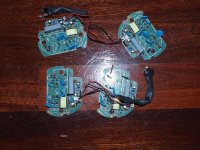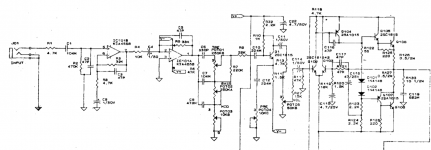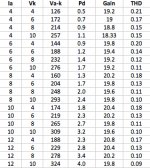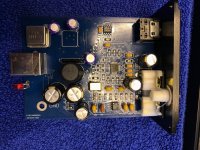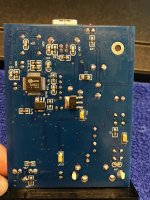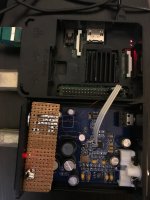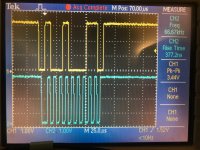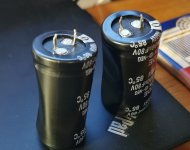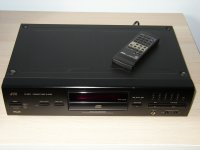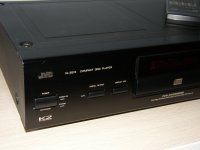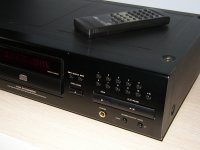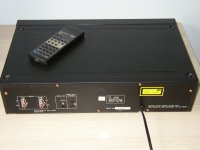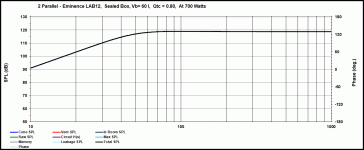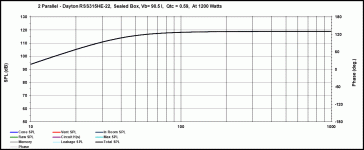Hi
For inspiration...
For many years we had a Squeezebox Radio for daily listening in our kitchen.
It was one of the first internet radios and works perfect but over time it becomes a little unstable and I was searching the market for an upgrade.
Must of the alternative for better sound quality was wifi speakers using AirPlay but then there was the SONOS systems but more and more I was searching the more I could see that no ones where using really hifi drivers.
So it was clear that I had to go the DIY way – Absolute no problem in that I like to DIY!
Short story and this was what I ended up with:
2 x IKEA Symfonisk
1 x IKEA remote
2 x SB29RDAC-C000-4/Fabric
2 x SB15NRXC30-4
And cabinets to housing the stuff.
First I had to see what was going on in the IKEA speakers.
Measurements:
PC – REW – TuneBlade to the Speakers
The two IKEA drivers connected to my test amp:
The Ikea drivers and the SONOS amp:
Conclusion:
The Tweeter sensitivity is about 7dB more efficiently than the woofer.
Crossover: 1.400 hz.
Electric LP slope: 24dB octave
Electric HP slope: 12dB octave
Acoustic both: 24dB L/R
Info on the WWW: 2x35W
In stock I had these drivers:
2 x SB15NRXC30-4
2 x Vifa XT25SC90-04
2 x B&G Neo3 planar
It was clear that none of these tweeters could go down to 1.400 hz so I had to find some new.
The SB29RDAC-C000-4/Fabric is very inexpensive and perfect in this setup!
I must say that SB Acoustics drivers are my favourites – they are well made and very reliably!
Measure the new drivers in cabinet – 50 cm:
Woofer + Tweeter + SONOS amp
Complete with and without TruePlay:
The box size is only 3L so too little to get any bas out of that but the TruePlay eq that and it works!
TruePlay Teck
Look at the Blue graph: 40-20.000 hz!
Did I tell you that the sound quality is on the next level for a kitchen system😊
In my Hi-fi setup I have a Lyngdorf TDAI3400 and are familary with RoomPerfect room correction not saying that SONOS TruePlay is on that level but here in this price level it is awesome!
Pictures - Pictures tells more than words…
Unmounting the SONOS amp from the IKEA Symfonisk.
This board is exactly the same as the one in SONOS ONE - Maybe difference DSP settings. No Ikea label on it only SONOS.
The new amp cabinet – made of bamboo also from IKEA - 2 x Monoblocks🤗
The new speaker enclosure made of solid oak + MDF.
Size: 360x240x100 mm.
And the left one is on its way...

